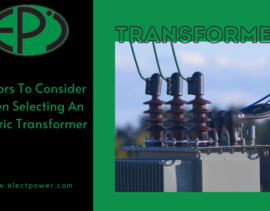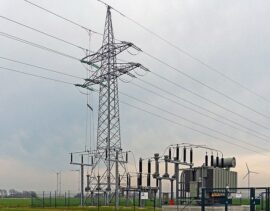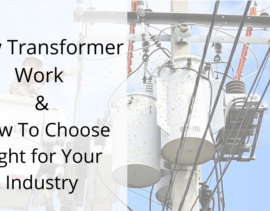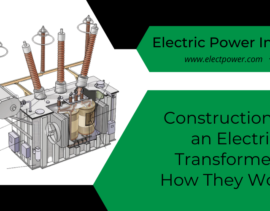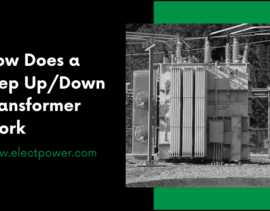Choosing the Right Transformer: Factors to Consider When Selecting an Electrical Transformer.
A transformer is a static electrical device that uses electromagnetic induction to move electricity from one voltage system to another. Fundamentally, a ferrous core that




